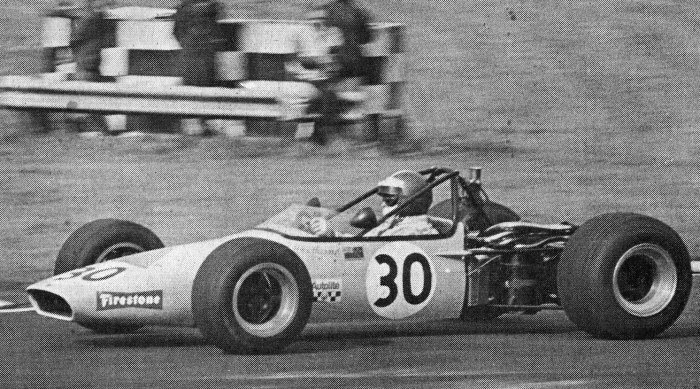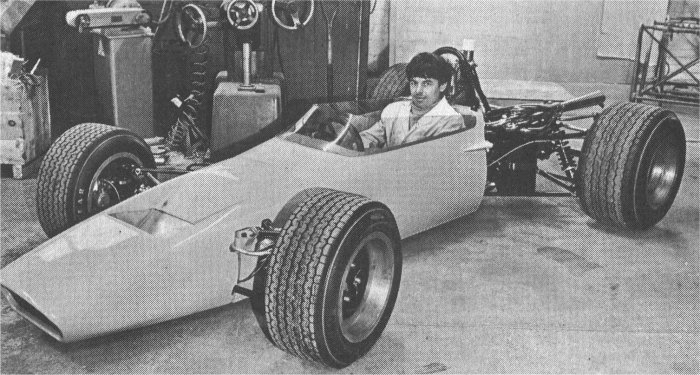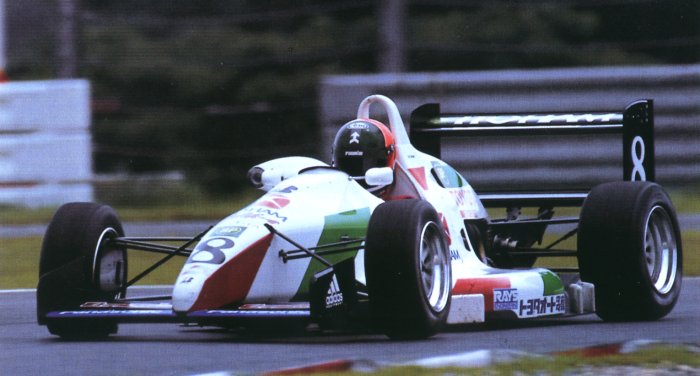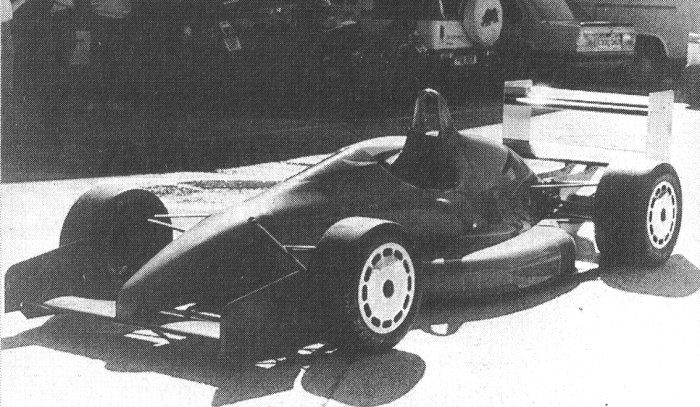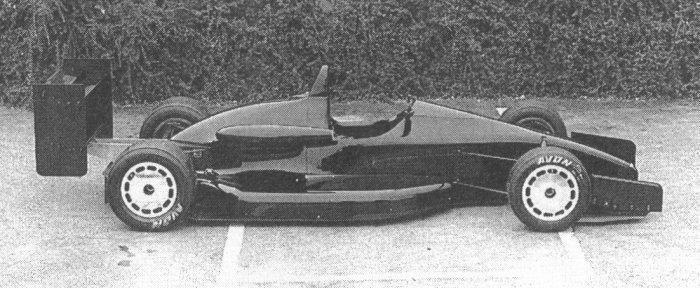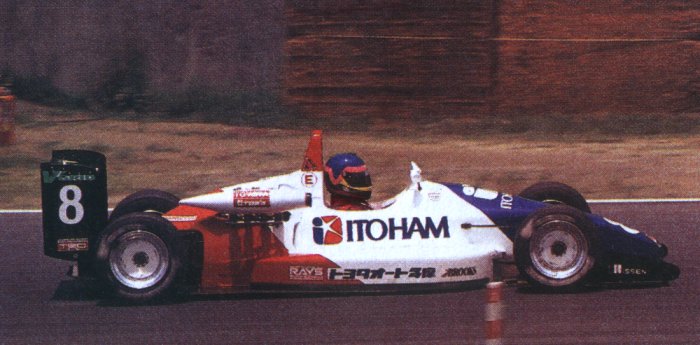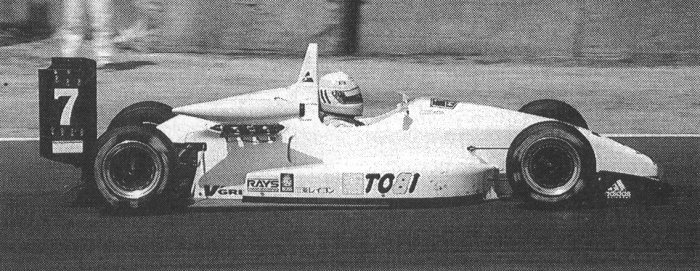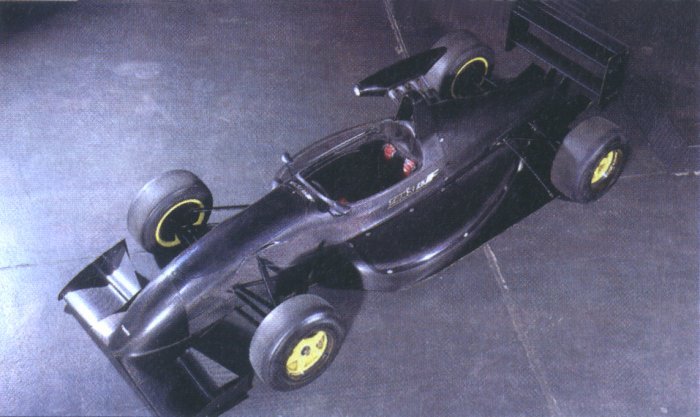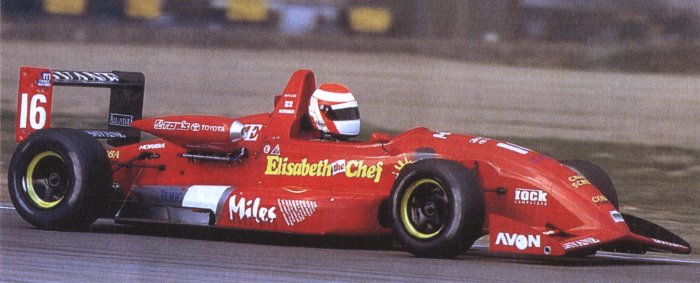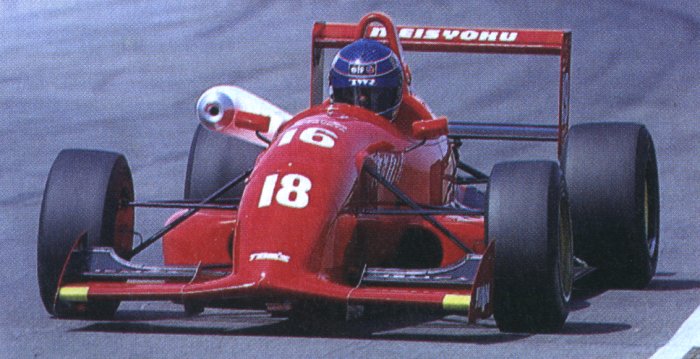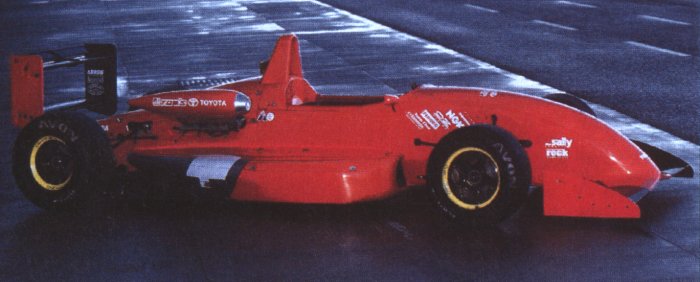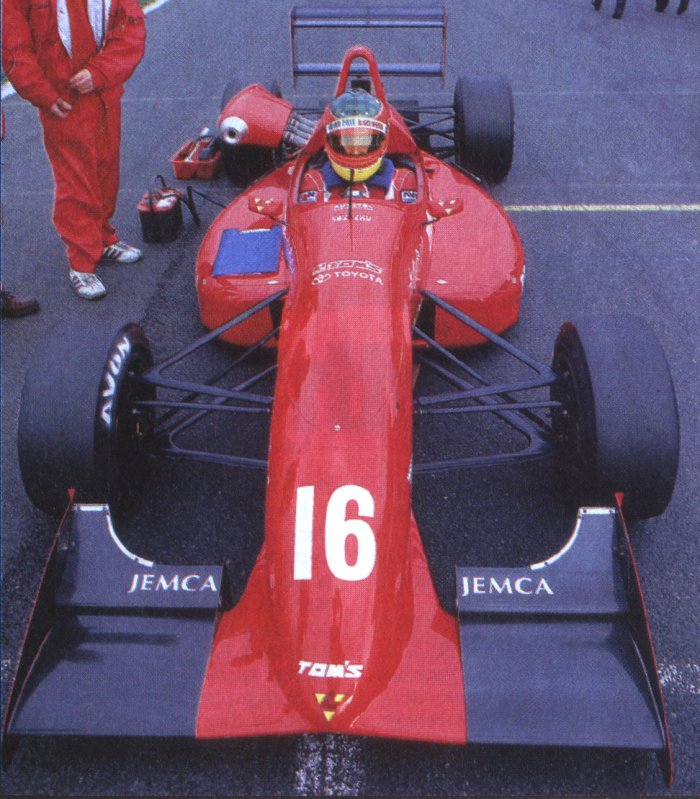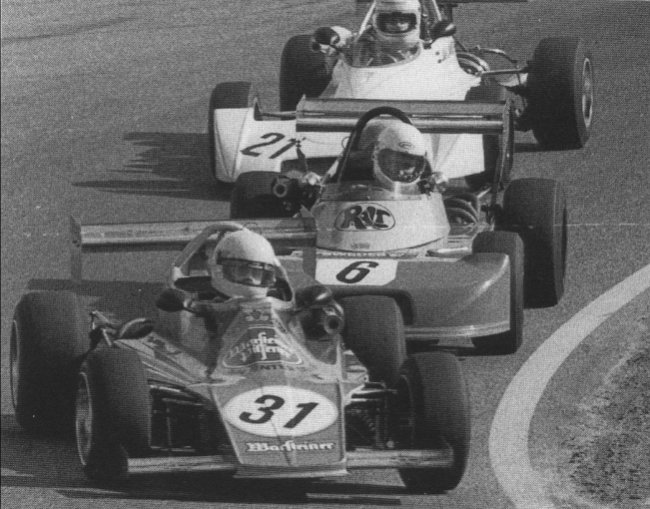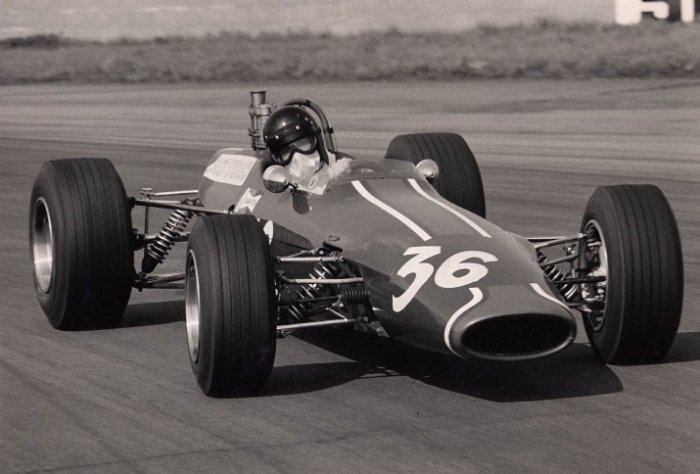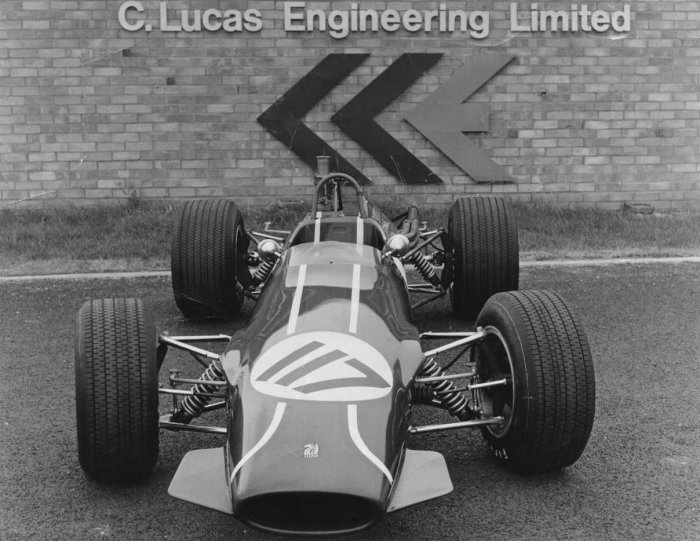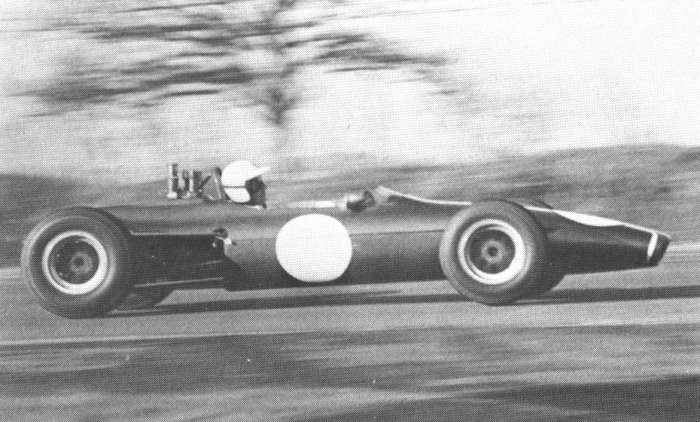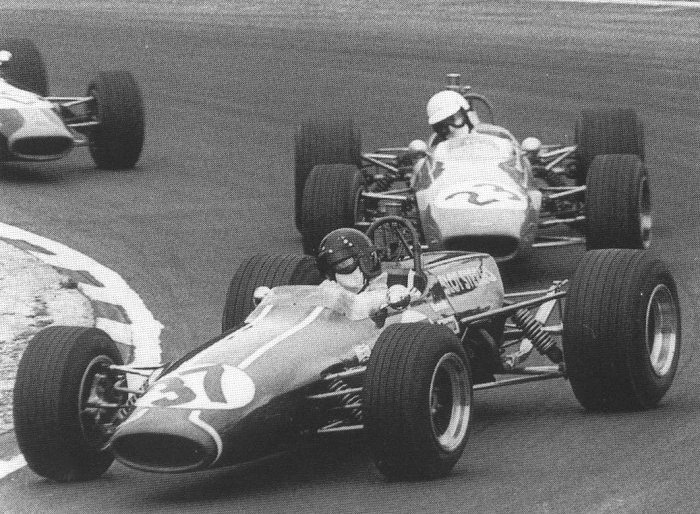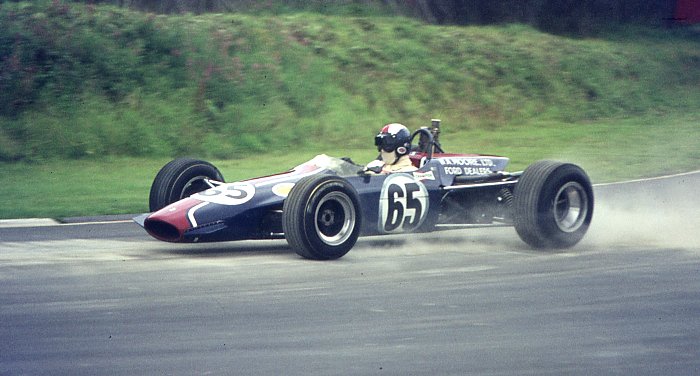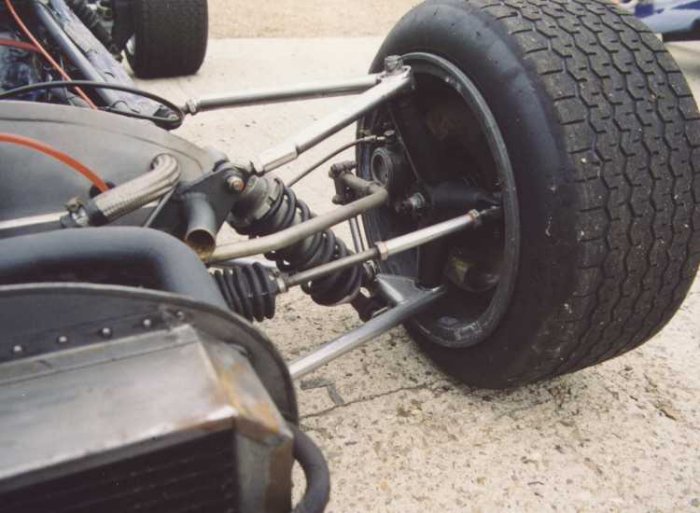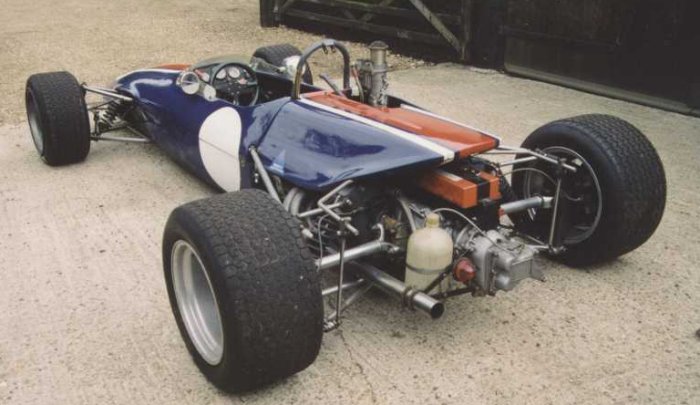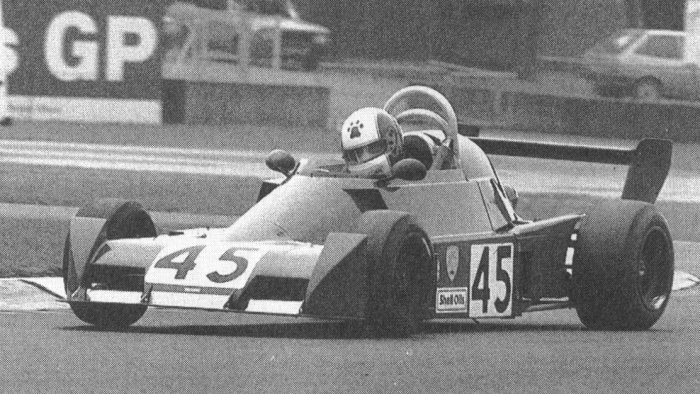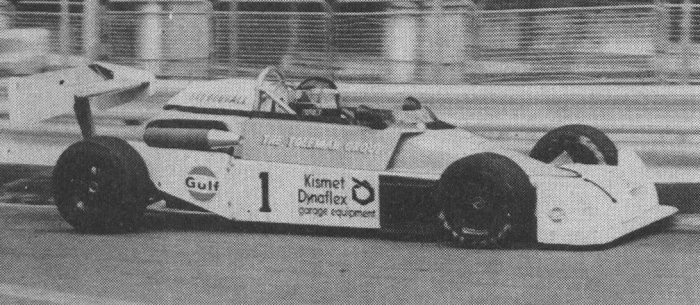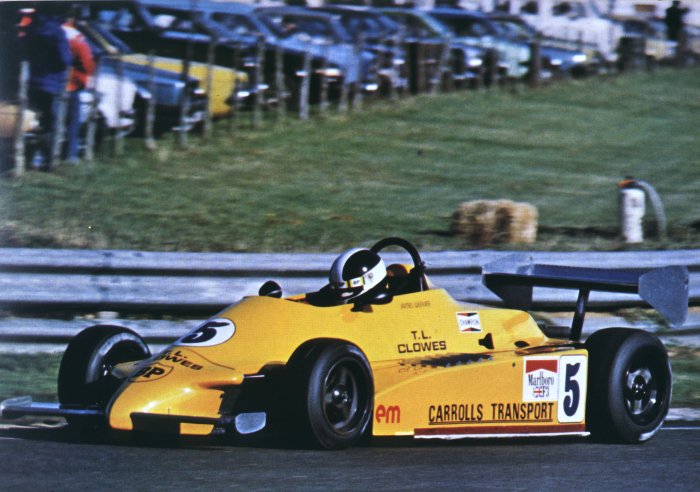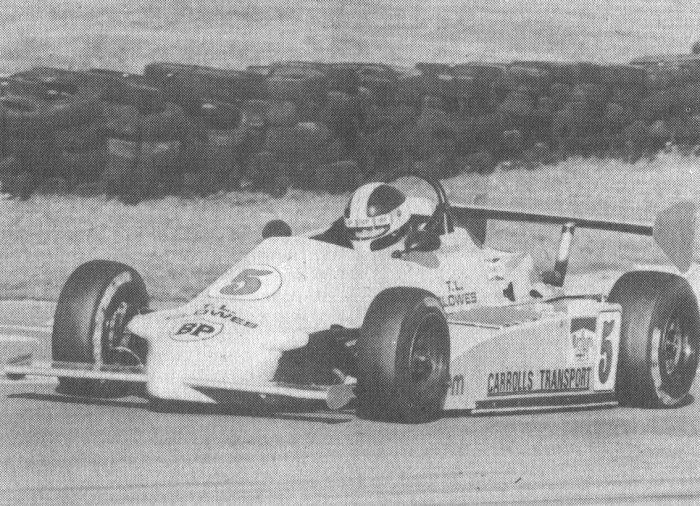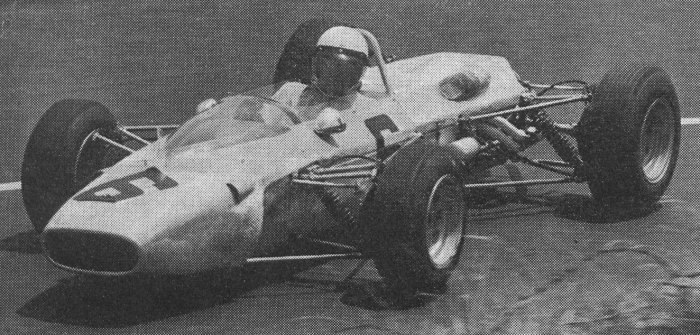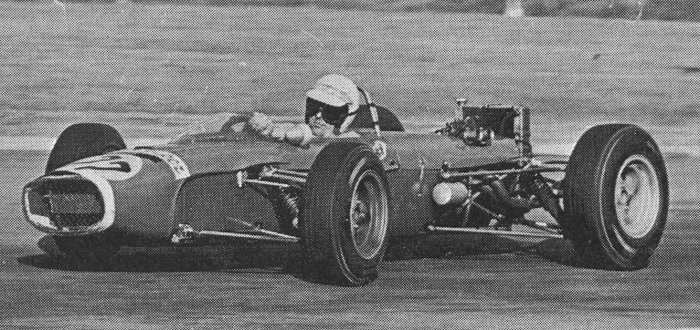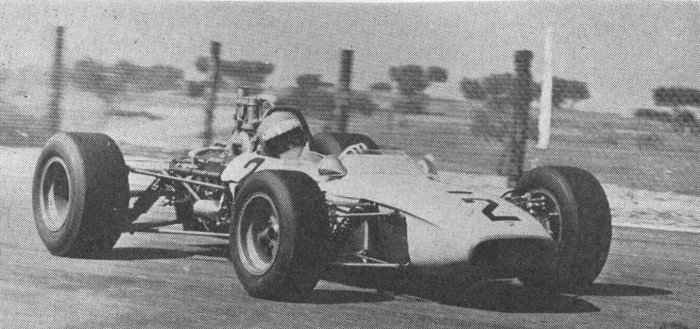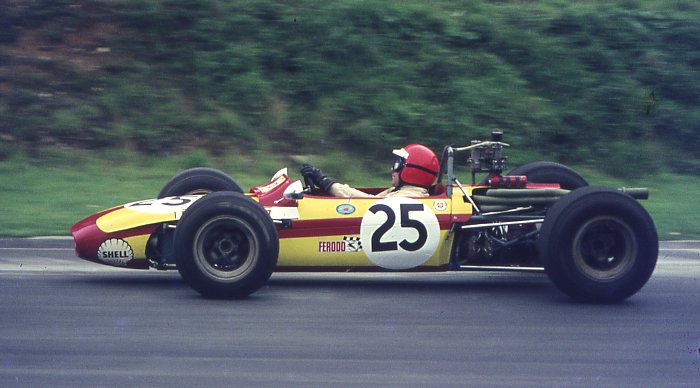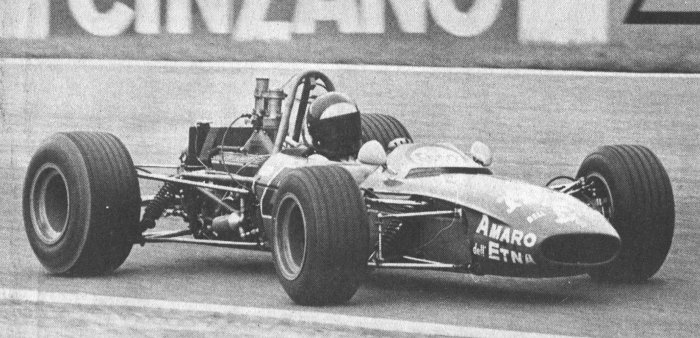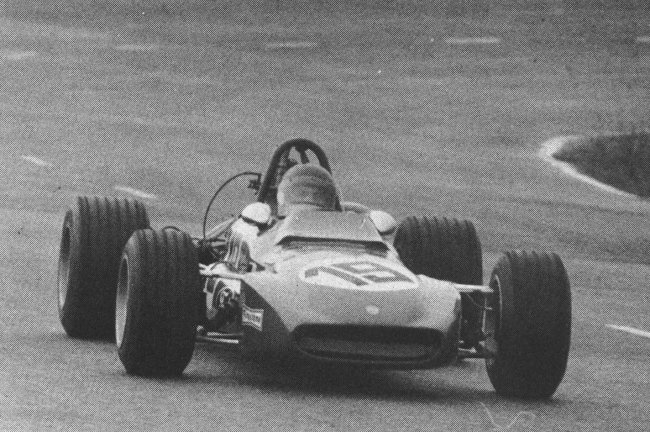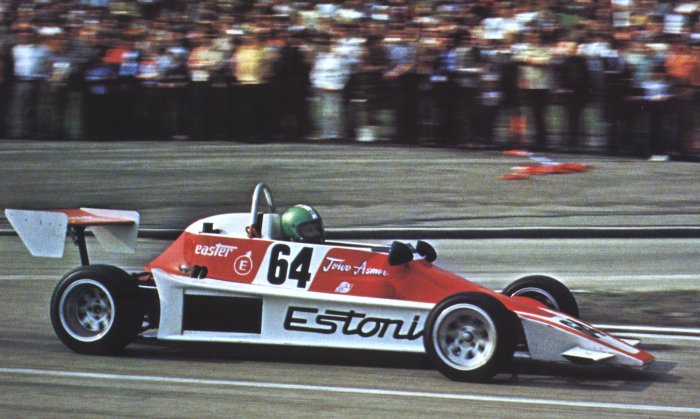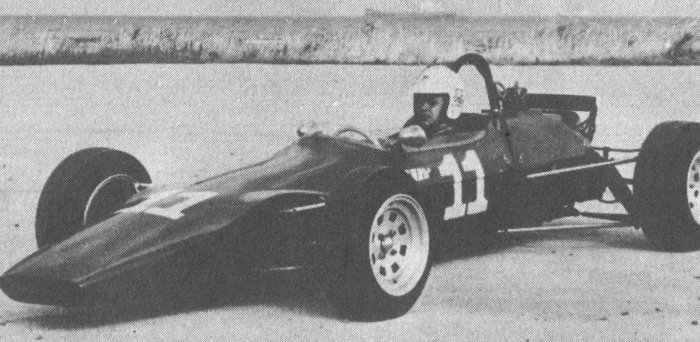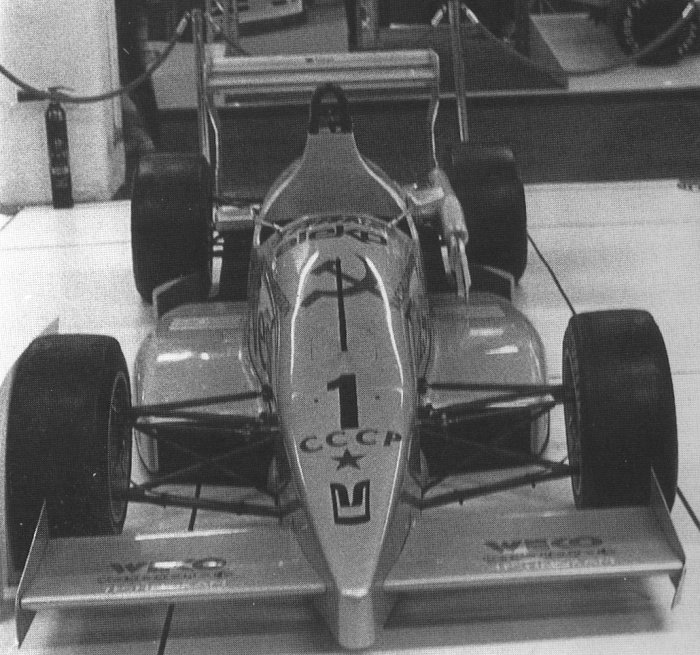The works model, the TF71/3, was driven by Christian Ethuin but the wins dried up, the team were concentrating on F2 and more importantly F1. There were still plenty of privateers but they found it harder and harder to compete with the latest cars from the other manufacturers. This was the last year that Tecno produced any F3 cars.
Drivers
1966 TF/66
Pino Babbini, Giancarlo Baghetti, Carlo Facetti.
1967
TF/67
Ernesto Brambilla, Silvio Moser, Boley Pittard, Clay Regazzoni.
TF/66
Carlo Facetti, Rosadele Facetti.
?
Mauro Nesti.
1968
68
Pino Babbini, Mike Beckwith, Dieter Bentz, Franco Bernabei, Giuseppe Bianchi, François Cévert, François Chevalier, Chris Craft, “Droopy”, “Dubis”, Franco Galli, Cliff Haworth, Jean -Pierre Jaussaud, Gijs van Lennep, Demetrio Martino, François Mazet, Peter de Meritt, Manfred Möhr, Maurizio Montagnani, Mauro Nesti, Brian Newton, Luciano Nocca, Ronnie Peterson, Pino Pica, Clay Regazzoni, Rolf Scheel, Jean-Claude Véron, Reine Wisell.
1969
69
Bernhard Baur, Jean Blanc, M. Campanini, George Crenier, Jürg Dubler, Alain Franceschi, Giancarlo Gagliardi, Peter Gaydon, Jean-Pierre Jaussaud, Mike Keens, Lars Lindburg, Freddy Link, François Mazet, Mauro Montagnani, Ronnie Peterson, Gianluigi Picchi, Bernard Plaisance, Jonas Qvarnstrom, Giuseppi Salvati, Renfold Unold.
68
Pino Babbini, L. Battisatello, Bernhard Baur, Giuseppi Bianchi, Patrick Champin, Giancarlo Gagliardi, “Gero”, Egert Haglund, Cliff Haworth, Jean-Pierre Jarier, G. Tommasi, Vitturio Venturi, Ole Vejlund Philippe Vidal.
67
Graham Goodman, Peter de Merritt.
?
Pablo Brea.
1970
70
Pino Babbini, “Gero”, Jean-Pierre Jarier, Jean Max, Peter de Merritt, François Migault, Giovanni Salvati.
69
Jean-Pierre Cassegrain, George Crenier, Wilhelm Geiss, Mike Keens, Freddy Link, Jean-Pierre Jaussaud, Jean Johansson, Lionel Noghes, Rolf Skohag.
68
Giuseppi Bianchi, Max Bonnin, Alain Franceschi, Jean-Claude Guenard, Freddy Link, Fabrizio Noe, Hermann Unold.
1971
70/2
Claudio Francisci.
70
François Migault, Giovanni Salvati.
69
Mike Keens.
?
Pino Babbini, Jean Blanc, “Canale”, Christian Ethuin, Luigi Fontanesi, Wilhelm Geiss, Carlo Giorgio, Gérard Gourdon, Roberto Marazzi, Marcel Morel, Giancarlo Naddeo, René Scalais, Utz Schad, Armand Truffo, Vittorio Venturi.
1972 ?
Georges Ansermoz, Alceste Bodini, Georges Crenier, Falmini, Luigi Fontanesi, Carlo Giorgio, Roberto Manzoni, Dominique Martin, Libero Pesce, “Pibo”, Wilfried Schmitz.
1973 ?
Georges Ansermoz, Alceste Bodini, Walter Neubauer.
1974 ?
Alceste Bodini, Walter Neubauer.
1975 ?
Alceste Bodini, Walter Neubauer.
1976 ?
Alceste Bodini.

